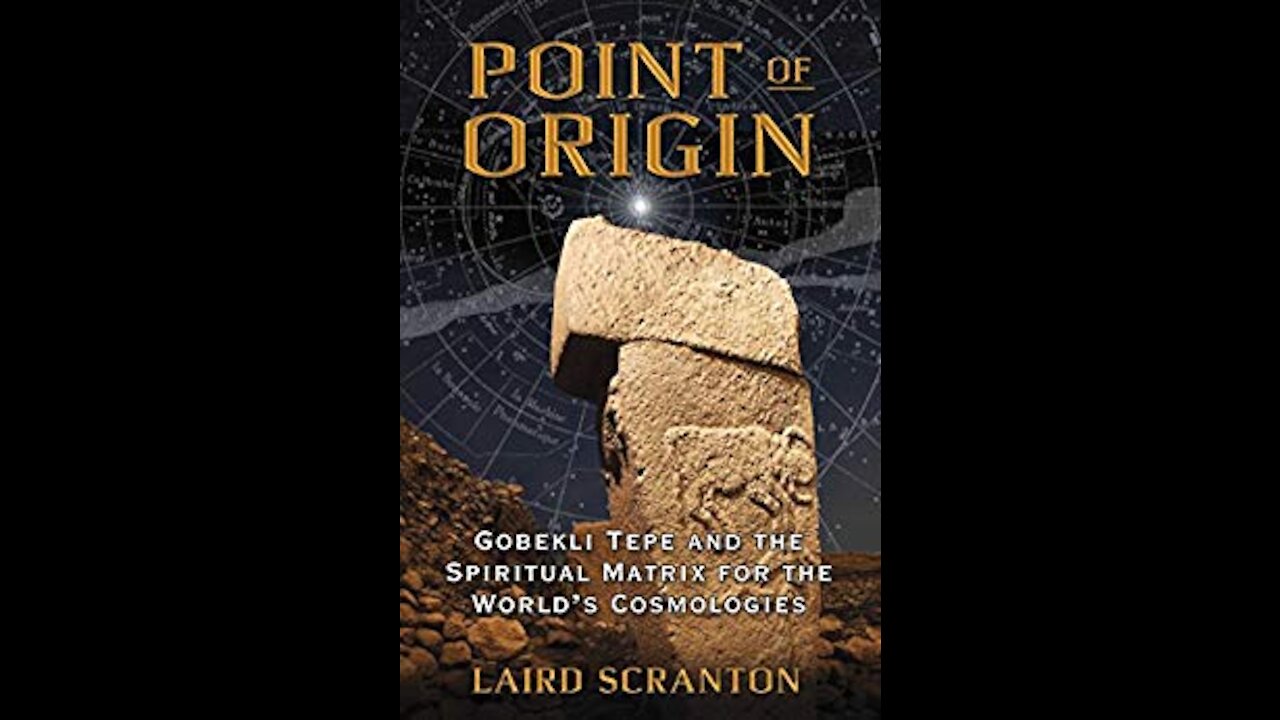Premium Only Content

Point of Origin - Gobekli Tepe the Spiritual Matrix for the World’s Cosmologies
Laird Scranton explains how the carved images on Gobekli Tepe’s stone pillars were the precursors to the sacred symbols of the Dogon, Egyptians, Tibetans, and Chinese as well as the matriarchal Sakti cult of ancient Iran and India. He identifies Gobekli Tepe as a remote mountain sanctuary of higher knowledge alluded to in Sakti myth, named like an important temple in Egypt, and defined in ancient Buddhist tradition as Vulture Peak. Scranton reveals how Gobekli Tepe’s enigmatic “H” carvings and animal symbolism, symbolic of stages of creation, was presented as a kind of prototype of written language accessible to the hunter-gathers who inhabited the region. He shows how the myths and deities of many ancient cultures are connected linguistically, extending even to the name of Gobekli Tepe and the Egyptian concept of Zep Tepi, the mythical age of the “First Time.”
• Details how symbolic elements at Gobekli Tepe link a pre-Vedic cult in India to cosmological myths and traditions in Africa, Egypt, Tibet, and China
• Discusses how carved animal images at Gobekli Tepe relate to stages of creation and provide an archaic foundation for symbolic written language
• Defines how classical elements of ancient Egyptian myth and religion characterize an archaic cosmological tradition that links ancestrally back to Gobekli Tepe
Laird is an independent software designer who became interested in Dogon mythology and symbolism in the early 1990s. He has studied ancient myth, language, and cosmology since 1997 and has been a lecturer at Colgate University. He also appears in John Anthony West’s Magical Egypt DVD series.
-
 7:17
7:17
In Season Ministries With Randy Johnson
3 years ago $0.01 earnedThe Spiritual Realm 3
102 -
 1:48
1:48
Delnorin
3 years agoMatrix Screen Saver
5622 -
 4:42
4:42
In Season Ministries With Randy Johnson
3 years agoThe Spiritual Realm 1
103 -
 0:51
0:51
Awesome Things That Aren't Work
3 years ago $0.01 earnedYakutania Point!
163 -
 6:02
6:02
LIONSROAR3:8
3 years agoAUSTRALIA DREAM! #Prophecy
289 -
 1:12
1:12
Mike Tyson
12 hours ago $28.24 earnedIt's a war.
133K40 -
 1:04:11
1:04:11
In The Litter Box w/ Jewels & Catturd
1 day agoProsecute/Fauci | In the Litter Box w/ Jewels & Catturd – Ep. 692 – 11/15/2024
149K63 -
 5:17
5:17
BFFs: Dave Portnoy, Josh Richards & Bri Chickenfry
10 days agoSmallest Man
284K24 -
 1:45:03
1:45:03
The Quartering
14 hours agoRFK Big Pharma Meltdown, Alex Jones WIN & Shadow Government To Oppose Trump!
164K48 -
 1:53:23
1:53:23
Tucker Carlson
14 hours agoFasting, Prayer, Meditation, & the Global Persecution of Christians (With Hallow CEO Alex Jones)
216K98